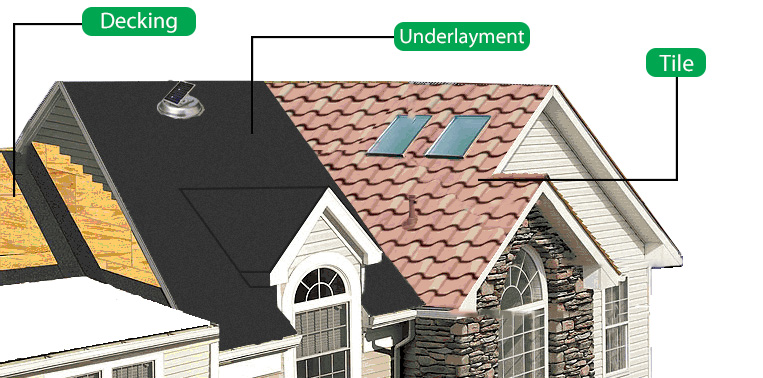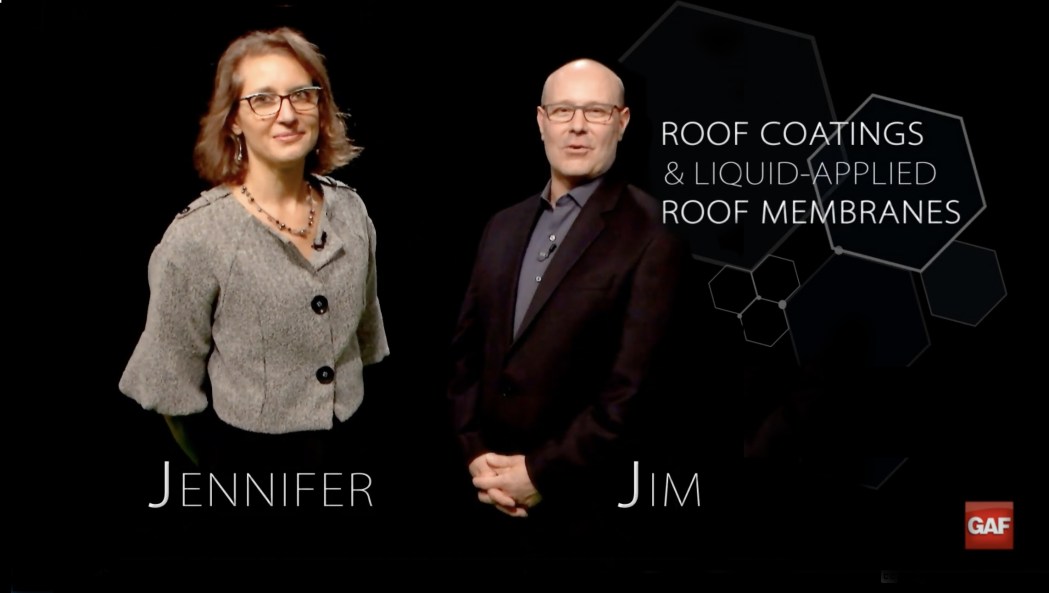The best way to repair a tile roof system is to do a lift and relay

By Go Roof Tune Up.
Tile Roofing, is a two-part roof system, the underlayment, and the tile.
Part 1 is the underlayment that is installed over the wood decking. The underlayment is felt or roofing paper whose main job is to keep out the moisture. High quality felt must meet ASTM standards in order for it to properly keep the roof dry for many years.
Part 2 of this system is the tile. Tile roofs have long-term durability, offer fire, hail and wind resistance, and have a wide variety of color and style options that help the curb appeal of a home. Some tile roofs meet the LEED and ENERGY STAR requirements and are easy to install by a trained roofing professional and they last a very long time.
When both of these parts are properly installed, the roofing system works together to shed water off the roof. When properly maintained this two-part roofing system can last over 100 years. In the past, substandard underlayment was used and in some cases, installation procedures were not clearly defined so the systems are failing at 20 to 30 years.
The best way to repair a tile roof system is to do a lift and relay.
What is a lift and relay?
A lift and relay is when a properly trained and licensed roofer lifts the tile and removes the underlayment. A thorough inspection of the wood deck is completed and then a new high-quality underlayment is relayed onto the wood decking. Once the underlayment is replaced, the tile is properly reinstalled.
Why do a lift and relay?
As stated above, tile is sustainable which means it can and should be reused. A home’s original beauty can be maintained and by reusing the tile you keep it out of the landfill. The cost of a lift and relay is also much less than a reroof.
Learn more about becoming a Go Roof Tune Up contractor.
Source: Go Roof Tune Up






















Comments
Leave a Reply
Have an account? Login to leave a comment!
Sign In